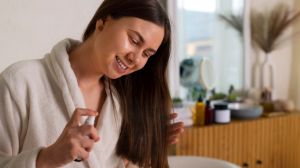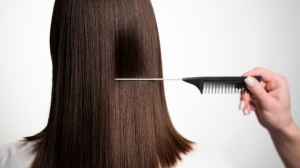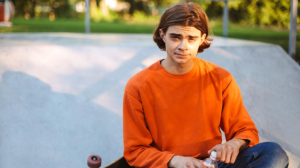Do Hair Building Fibers Really Work?
Even when it comes to concealing or masking hair loss, you might not be familiar with hair fibers. These colored proteins adhere to your hair, helping you achieve a thicker, fuller look. They can be effective for some individuals in specific situations, especially when incorporated into a routine for treating thinning hair.
Below, we explain what hair fibers are and address FAQs about how they function and their effectiveness as part of your hair growth and hair loss prevention strategy. We also present several science-backed options to consider if you’re experiencing hair loss and looking to take action.
- Do Hair Fibers Work?
If you’re seeking a quick and easy solution to make thin areas of your hair appear thicker—similar to how makeup can conceal acne, lines, and blemishes without treating them—incorporating hair fibers into your routine might be beneficial.
While research on the cosmetic effects of hair fibers is limited, one study indicated that both artificial and natural keratin hair fibers yielded positive results for individuals experiencing hair loss.
However, if your hair care objective is to actually prevent hair from falling out—meaning you want to fill in thinning spots on your scalp and stop male pattern baldness from worsening—then hair building fibers won’t be effective. They do not address the root cause of hair loss.
- Are Hair Fibers Bad For You?
Although there is no extensive scientific research on the side effects of hair fibers, improper or ineffective use can negatively impact your appearance.
While some hair fibers achieve a natural look, others may not adhere well to existing hair and can appear artificial. One scientific case report described certain brands of hair fibers as producing a “bizarre” pattern of short, scattered hairs.
In summary, results vary. If you’re considering using hair fibers, you might need to experiment with different brands to achieve a natural-looking hairline and scalp.
As for side effects, rare instances of itching and irritation are exceptions to what is generally a user-friendly product.
- Hair Fibers: The Takeaway
Hair fibers provide a temporary illusion of thicker hair, but they don’t prevent hair loss. While they can mask thinning areas, medications like finasteride and minoxidil work to create a biological foundation for healthier, fuller hair. Therefore, rather than using hair fibers as a substitute for hair loss treatments, a more effective approach is to combine them.
By addressing male pattern baldness early and actively treating it as it begins, you can sustain healthy hair growth and maintain a thick, full head of hair well into your 40s, 50s, 60s, and beyond with BondMeds.








